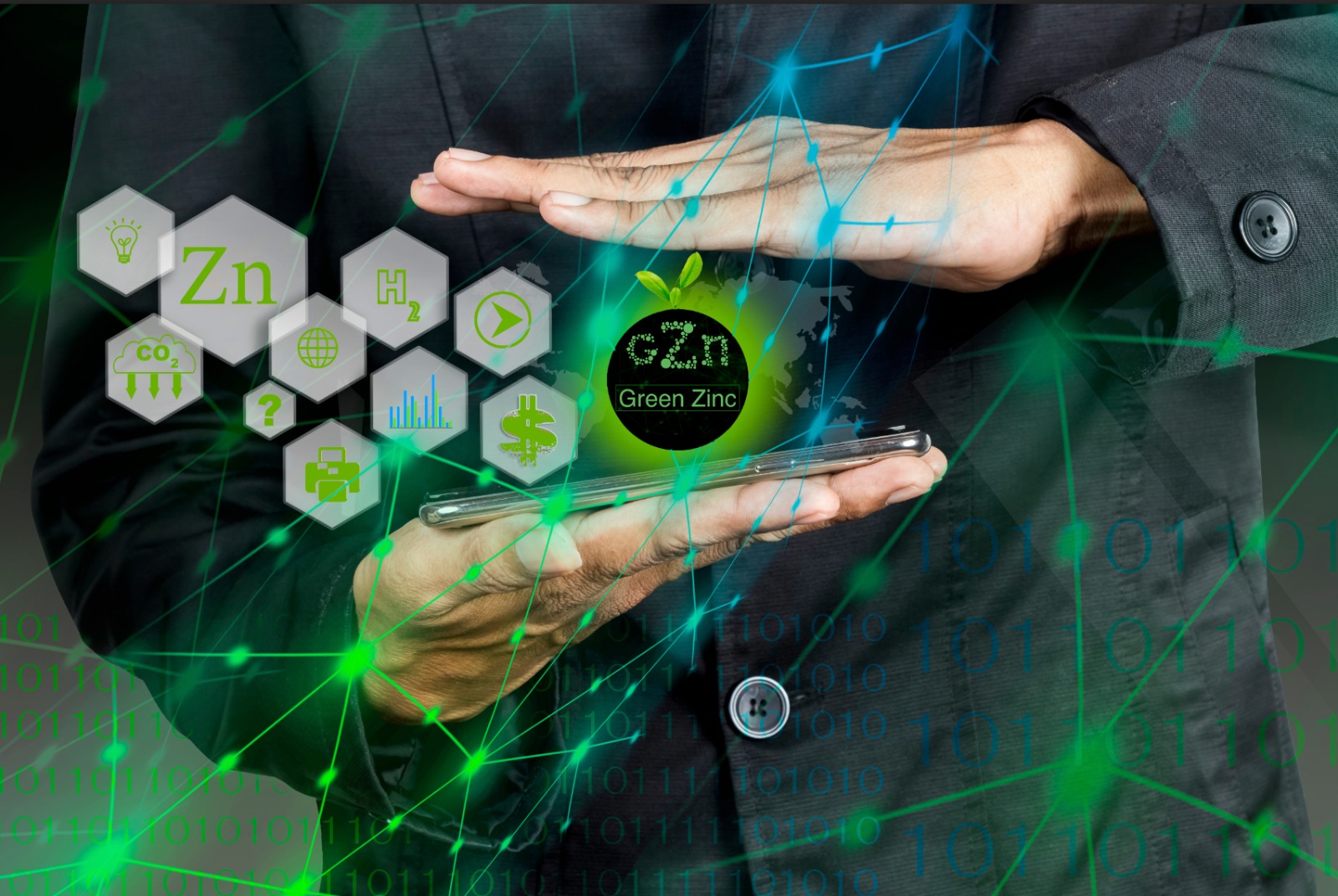Challenge
Zinc is one of the most important metals in human society. Especially, its application as corrosion protection of steel makes it an omnipresent element in daily life showing an increasing demand in the future. In addition to its use as corrosion protection, other important applications for zinc can be found in casting products and alloys, in the rubber, ceramics and fertilizer industries, in pharmaceuticals and in food supplements.
The European zinc demand ranges from 2.4 to 2.7 Mio. t/a. However, only approximately 27 % of the demand can be supplied by primary production in Europe. As a result, the dependency on imports from Asia and South America is quite high. Furthermore, zinc concentrates show generally decreasing zinc values with a rising iron contamination. This contamination leads to problems, as large amounts of residues are generated that are difficult to dispose of.
One way out of this situation is to utilize zinc from end-of-life products. Nevertheless, the remelting of such scraps only contributes to about 6 % of the demand. Due to its volatile character, zinc is often found as oxide in the dust of steel recycling plants. Furthermore, slags from the lead industry also contain interesting amounts of zinc oxide. Such by-products have the potential to make a far greater contribution to the European supply. Taking zinc containing dust from the steel recycling industry and slags from the lead industry into account, about 20 % of the demand could be covered. Unfortunately, the technologies currently available for reprocessing have significant disadvantages:
- Only zinc is recovered, even though further metals like iron and lead are available.
- Huge amounts of new residues, up to 80 % of the input material, are generated.
- Currently applied processes are based on reduction with fossil carbon carriers resulting in a significant carbon footprint.
Approaches
One way to overcome the problem of CO2 emissions is the utilization of hydrogen. However, for the moment hydrogen is still expensive and there is a lack of appropriate technologies to provide it. An alternative that can be implemented short-term is the use of CO2 neutral biochar, which shows a similar behavior to currently used fossil carbon carriers in many aspects and would allow an application in existing processes. Nonetheless, the influence of the significantly higher reactivity and the different impurities must be investigated. It is also necessary to define whether and how existing treatment procedures have to be optimized for the use of biochar. In this context, the possibility of slag optimization must also be considered in order to enable recycling in the construction industry and thus a zero-waste concept.
Goals
Considering the current state of the art, for both aims – CO2 neutrality and zero-waste – short- to mid-term and long-term solutions are investigated in this project. Based on many years of experience in research and development in the field of zinc recycling, possible solutions will be developed, modeled and tested from laboratory to pilot scale. The fundament for this is the cooperation with industrial companies from relevant sectors that are part of the consortium. These companies guarantee the industrial applicability of the concepts developed.
Converting zinc recycling processes towards CO2 neutrality and zero-waste has a major impact on the the energy carriers used and their demand. Novel recycling processes also allow new heat integration concepts for enhancing energy efficiency by using waste heat. Some of them also enable on-site hydrogen production and demand-side management. As a result, processes can be better coupled to the electricity markets and time frames with low electricity prices can be used. These energy-related topics are addressed at an early stage since, in this phase of design, they can be solved more easily and more comprehensively compared to energy system optimizations with already given process chains.
